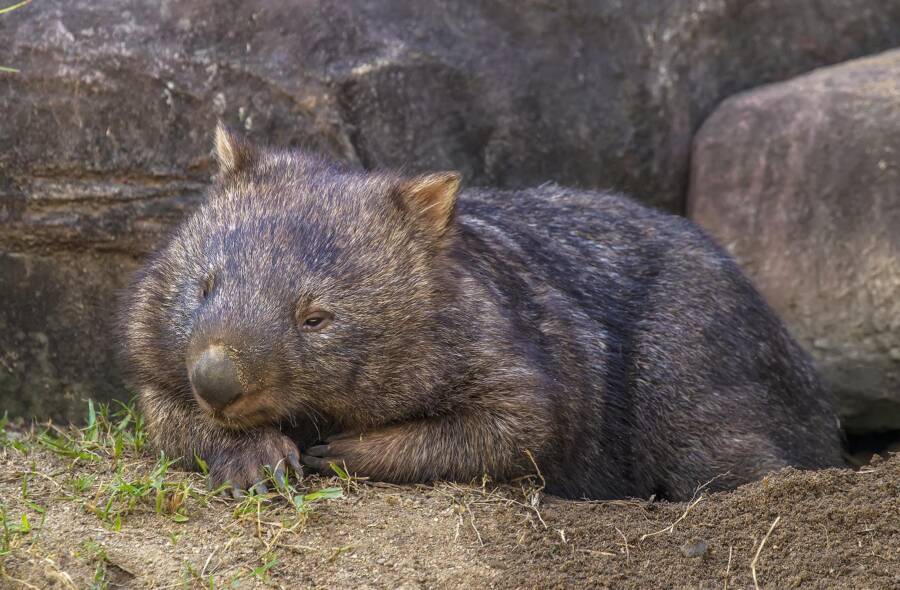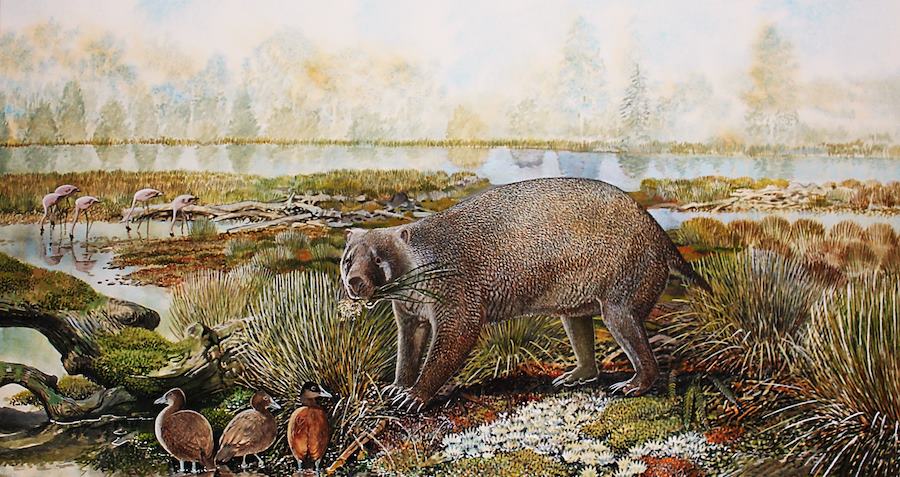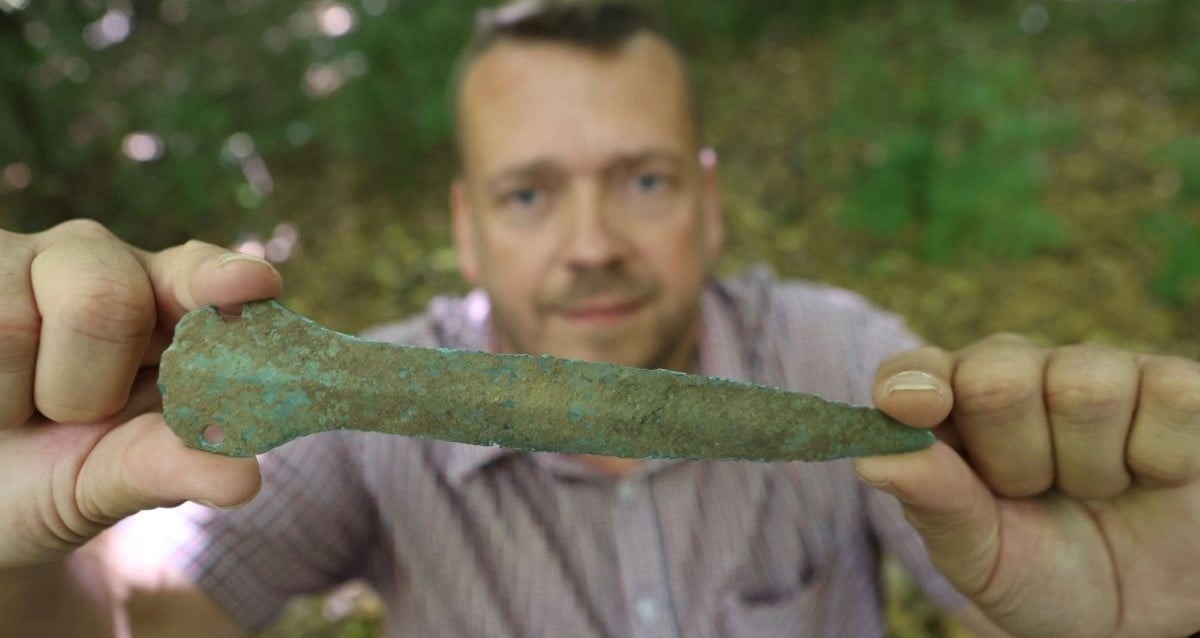Hidden for Decades: Museum Drawer Yields 25-Million-Year-Old Giant Wombat Fossils That Rewrite History
“The teeth have very thin enamel,” said Archer. “If it had spent one day chowing down grasses, it would have lost its teeth.”

Wikimedia CommonsCompared to modern wombats such as this, the ancient species didn’t dig burrows — and instead used its powerful front legs to dig and scratch for soft plants.
According to IFL Science, it was Archer himself who helped find the fossil in 1973. The process of discovery, meanwhile, was largely rooted in luck.
“In most years the surface of this dry lake is covered by sands blown or washed in from the surrounding hills,” Archer said of the discovery site. “But because of rare environmental conditions prior to arrival that year, the fossil-rich clay deposits were fully exposed to view.”
As for the animal’s mobility and foraging technique, Mukupirna didn’t dig burrows like standard wombats do. Instead, it had two powerful front legs that allowed it to scratch and dig for soft plants, roots, and tubers — the underground part of a stem.
The Australian fossil record between 50 and 25 million years ago is quite sparse, so this find helps clarify how the various Vombatiformes families separated. Though the new species filled a gap in the family tree, it had such unique characteristics that it was put in its own sub-family, Mukuprinidae.

Michael ArcherMichael Archer claimed finding the fossil was pure luck, as the weather had only recently changed before his 1973 arrival at the dry Australian salt lake.
Flinders University paleontologist Gavin Prideaux said that while its been known that koalas and wombats are each other’s closest living relatives, their distinct traits suggest they’ve been evolving separately for a substantial amount of time. Mukupirna, meanwhile, are “handy” in explaining both.















Post Comment